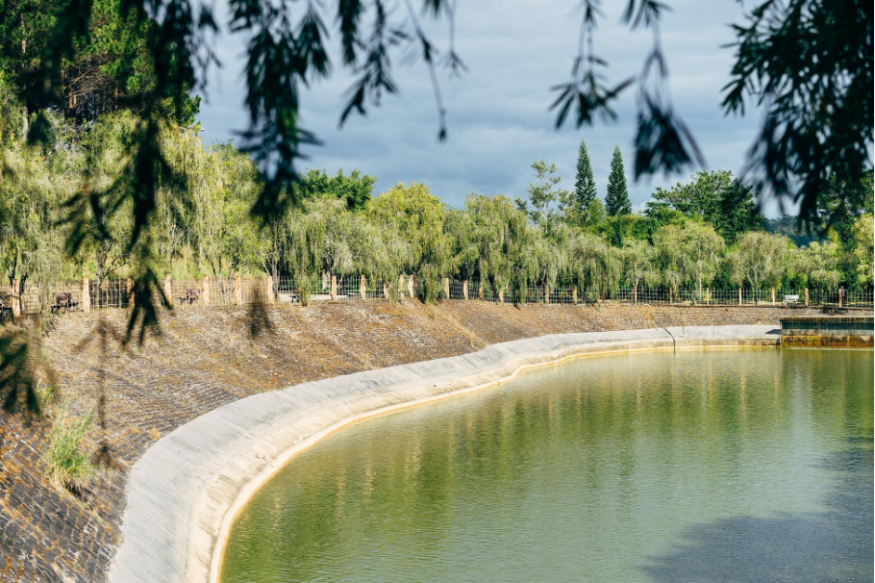Wondering what steps are made by engineering researchers to care about water resources on the planet, find out a breathtaking solution designed by the FAMU-FSU team!
Before discovering all the details regarding the climate model specifics introduced by an extremely talented engineering team in November 2020, let's take a brief look at the history of the project.
Note that if you desire to implement a solution like depicted in this very article, it would be perfect to consider services on water resources engineering at Engre. The mixture of talent and innovation of their engineers will help to design a project of any complexity level.

How That All Began
In 2018, the Florida State University College of Engineering in partnership with The Florida Agricultural and Mechanical University has won a grant to investigate the influence of land development and farming on the climate. The U.S. Department of Agriculture has provided the engineering team with the financial support as of a million two hundred thousand US dollars to implement the exploration.
They expected the study to represent several exciting findings.
Dr Gang Chen, professor of Environmental Engineering at the FAMU-FSU College of Engineering, supervised the engineering team in the US to conduct the research. The engineering team included not only engineering experts with powerful experience but talented students from the College.
Dr Chen announced that a key point of the research is the efforts toward optimizing the sustainability and reducing environmental injury of our agricultural organism. Well, let's look at what they managed to do in this direction.
About the Innovational Climate Model
The investigation conducted by the FAMU-FSU College of Engineering unveiled an innovative approach that can be applied to create future climate data for the current hydrological patterns. While integrating more accurate future climate data, the current hydrological patterns can more precisely predict future water scenarios in the context of climate modifications.
The engineering team used the approach to investigate the hydrological dynamics in Upper Choctawhatchee River Watershed (in Alabama), which runs across Florida and flows into the Choctawhatchee Bay. The researchers united and analyzed land use predictions with future climate data to investigate the double influence on the hydrological response of the watershed.
They gathered info from several federal agencies, such as the U.S. Geological Survey, USDA, and EPA. The data involved water resources quality, hydrology, soil characteristics, field implementation, precipitation indicators, and air quality.
Via exploring the ways water and herb adjust to changes, an assistant professor of Agricultural and Biological Engineering at FAMU, Dr Aavudai Anandhi Swamy has developed several climate models to identify whether an agricultural organism undergoes negative influence/stress.
Dr Chen observed the gathering and testing of water quality data via watershed patterns. The results received were used in the vulnerability approach designed by Dr Aavudai Anandhi Swamy. This will help to give proposals and design strategies for agricultural practices.
According to Dr Chen, watershed patterns guarantee more accurate info concerning greenhouse gases and water quality. Then, researchers can apply this data to the vulnerability perspective of the agricultural organism in reaction to climate modifications. Practising water balance imitations, the engineering team revealed that evapotranspiration and water harvesting are considered the main reason for water losses in the Southeast.
The result of the investigation proved that the influence on water resource modifications depended on a certain season. Superficial water aroused the most prominent modifications in different simulations. However, evapotranspiration was a challenge as well, though it has a lower impact. The climate patterns showed that frequent violations in water balance will be a problem by midcentury.
Advantages the Research Gives
What is the benefit of this research? The goal of this research is to explain the ways agricultural manufacturers, water startuppers, and farmers can maintain productivity while preserving the land safe and healthy.
The study, possible thanks to the vulnerability model will demonstrate modifications in water, air, and land. This will also grasp general climate change in answer to farming. This will bring profit in designing solutions that aim at assisting the interrelated network of farmers, fertilization, and the environment.
This investigation possesses all the chances to influence both internationally and nationally, because it may support and give the direction to agricultural supervision policy in the U.S. and worldwide.
Despite the investigation draws special attention to a single watershed, the engineering team believes their work could be used in a broader sense. This is extremely topical for the locations similar to Florida, where growth in population and climate modifications make ordinary people, as well as managers, understand the restrictions of the water supply of a certain state.
According to Dr. Chen, the climate model brightly demonstrated that it can grasp hydrologic indicators precisely. So, it could be implemented for further explorations regarding water quality.
© 2025 NatureWorldNews.com All rights reserved. Do not reproduce without permission.





